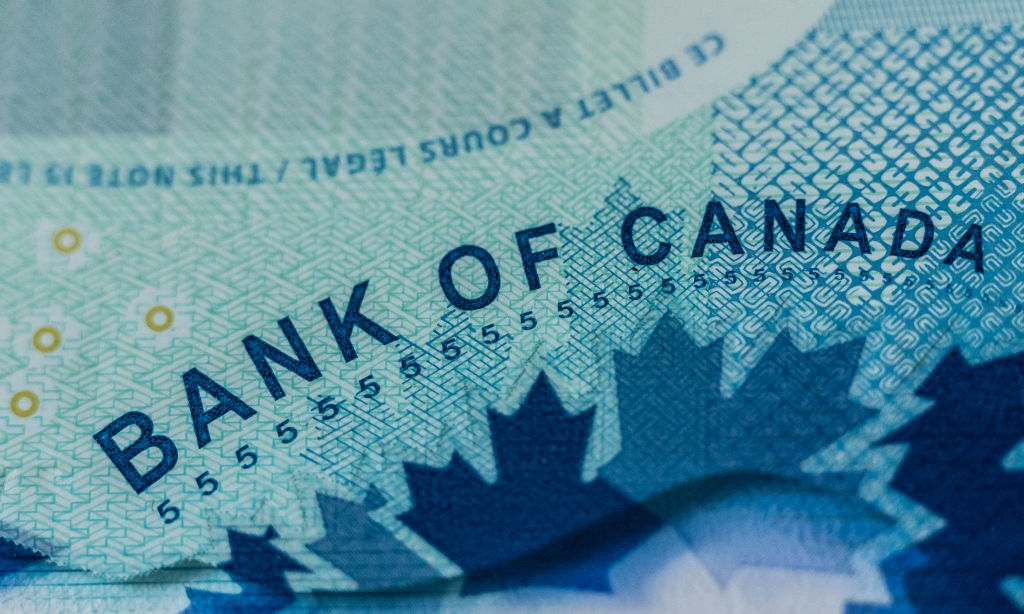Economists expect December inflation ticked up, trend still points to slowdown

Posted January 14, 2024 7:00 am.
Economists are forecasting Canada’s inflation rate likely ticked up last month, but that isn’t expected to set off alarm bells as long as underlying price pressures ease.
Statistics Canada is scheduled to release its December consumer price index report on Tuesday, offering a look at the overall inflation rate for 2023.
Forecasters are expecting December’s rate to come in above November’s 3.1 per cent as gasoline prices fell more significantly a year ago than they did last month. The effect of a price movement from a year ago on the inflation rate is referred to as a “base-year effect.”
CIBC is forecasting the inflation rate will come in at 3.4 per cent.
“That’s really been driven just by base effects from gasoline prices. And we will hopefully see some further improvement in some of the core measures that the Bank of Canada watches closely,” said Andrew Grantham, CIBC’s executive director of economics.
A report from the U.S. Labor Department this week showed that inflation rose last month south of the border, reaching 3.4 per cent. That rise from 3.1 per cent in November was driven by higher housing costs as well as energy and food prices.
But even if annual inflation did rise last month, economists say that doesn’t mean price growth is headed in the wrong direction.
The Bank of Canada is particularly focused on core measures of inflation, which strip out volatility in price movements.
If those figures fall, it would suggest price pressures have continued to fade, giving the central bank some relief.
In the U.S., despite the pickup in headline inflation, December saw core prices rise 3.9 per cent, their slowest pace since May 2021.
The central bank also pays attention to how inflation has evolved over the last few months, rather than simply the price change from a year ago.
TD’s director of economics James Orlando says he expects December inflation to come in at 3.3 per cent.
But he says inflation has eased considerably in recent months as the three-month annualized rate for some of the core measures of inflation hovers in the two to three per cent range.
“I think that’s what people should probably hold onto, because that’s really what’s going to guide the year-on-year (number) over the coming months,” Orlando said.
Food inflation is also expected to continue slowing. Grocery prices have been increasing at a softer pace over the last several months, rising 4.7 per cent year-over-year in November.
But Grantham notes that doesn’t mean affordability will improve for families when it comes to groceries — because inflation still means prices are rising, albeit slower.
“Unfortunately, for households, my own included, that’s still an increase, and that’s still building on … what is a very high level of prices, compared to where we were two or three years ago,” he said.
The central bank opted to hold its key interest rate steady at five per cent throughout the fall of 2023 as inflation continued its descent.
Looking ahead at what’s to come this year, economists widely expect the central bank will pivot to cutting interest rates once it’s more confident inflation is headed toward its target of two per cent.
“This year is going to be about, when is inflation low enough for the Bank of Canada to feel confident reducing interest rates from the very high levels that they are currently at,” Grantham said.
The Canadian economy has cooled significantly too, giving comfort to the Bank of Canada that the economy is no longer overheated.
This economic slowdown is expected to ease price pressures further, enabling the central bank to soon shift gears.
Governor Tiff Macklem has signalled that the central bank doesn’t need to see inflation hit two per cent to start cutting rates, but it does need evidence that it is sustainably heading in that direction.








